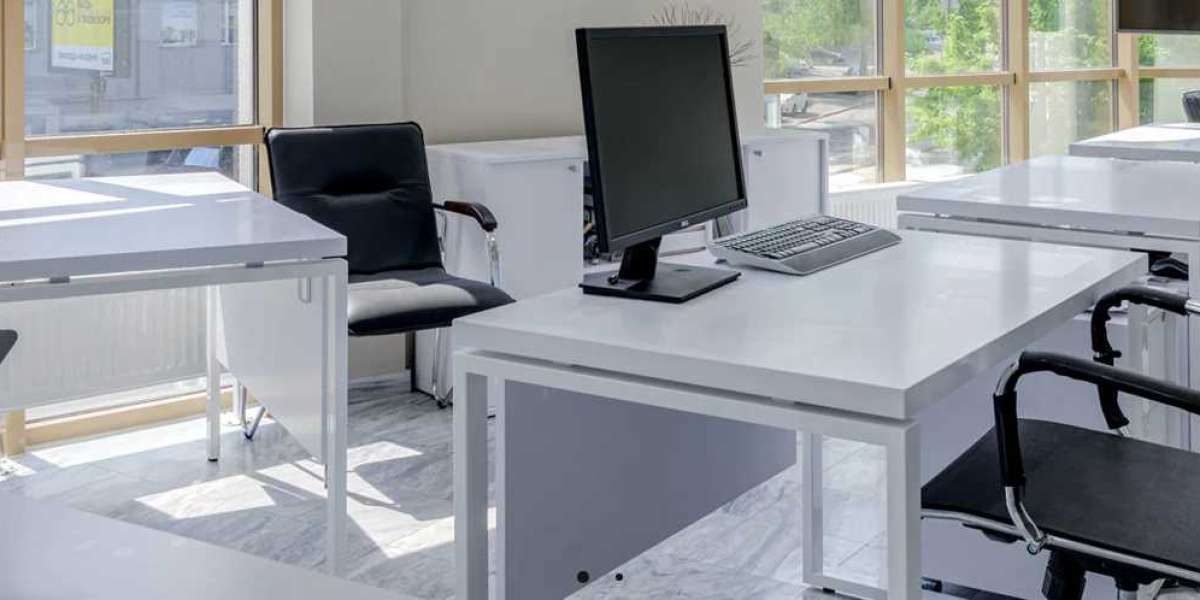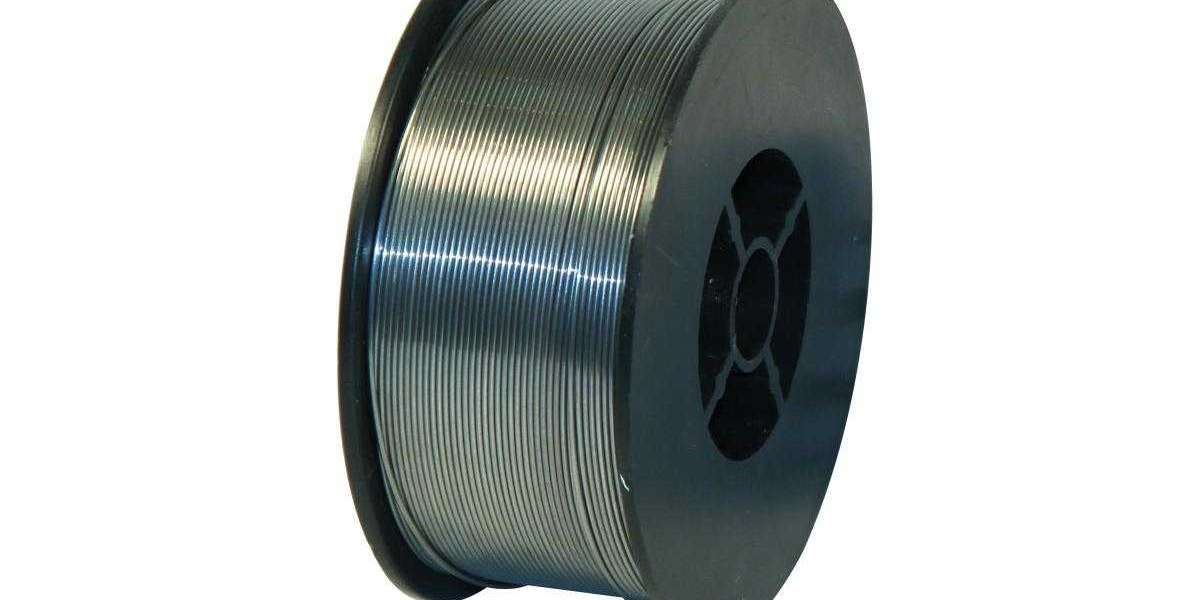Creating a sustainable workspace is becoming increasingly important as businesses strive to reduce their environmental footprint and promote healthier, more productive environments for their employees. By making sustainable choices in office furniture and design, you can contribute to a greener future while also benefiting from the many advantages of eco-friendly practices. Here are some key strategies for incorporating sustainability into your modern workspace.
1. Eco-Friendly Materials
Recycled and Reclaimed Materials:
- Recycled Plastics and Metals: Furniture made from recycled plastics and metals helps reduce waste and conserve resources.
- Reclaimed Wood: Using wood that has been repurposed from old buildings or furniture minimizes the demand for new timber and helps preserve forests.
Benefits:
- Resource Conservation: Reduces the need for new raw materials.
- Unique Aesthetics: Reclaimed wood often has a distinct, rustic look that adds character to your office.
2. Sustainable Manufacturing Practices
Green Certifications:
- FSC-Certified Wood: The Forest Stewardship Council (FSC) certification ensures that the wood comes from responsibly managed forests.
- GREENGUARD Certification: This certification indicates that the furniture has low chemical emissions, contributing to better indoor air quality.
Benefits:
- Environmental Responsibility: Supports companies that prioritize sustainability.
- Healthier Work Environment: Reduces exposure to harmful chemicals.
3. Energy-Efficient Lighting
LED Lighting:
- LED Bulbs: These use significantly less energy than traditional incandescent bulbs and have a longer lifespan.
- Smart Lighting Systems: Automated systems that adjust lighting based on natural light levels and occupancy.
Benefits:
- Energy Savings: Lower energy consumption reduces utility bills and environmental impact.
- Improved Productivity: Proper lighting improves visibility and reduces eye strain.
4. Modular and Flexible Furniture
Adaptable Designs:
- Modular Furniture: Pieces that can be reconfigured to suit changing needs, reducing the need for new furniture.
- Adjustable Desks and Chairs: Furniture that can be customized for different users promotes longevity and reduces waste.
Benefits:
- Longevity: Durable, adaptable furniture lasts longer and can be repurposed.
- Reduced Waste: Fewer replacements mean less waste.
5. Biophilic Design Elements
Natural Integration:
- Indoor Plants: Adding greenery to the office improves air quality and creates a more pleasant work environment.
- Natural Materials: Use of materials like bamboo, cork, and wool that are renewable and biodegradable.
Benefits:
- Enhanced Well-Being: Biophilic elements have been shown to reduce stress and increase productivity.
- Aesthetic Appeal: Natural materials and plants create a warm, inviting atmosphere.
6. Sustainable Flooring
Eco-Friendly Options:
- Bamboo Flooring: Bamboo grows quickly and is a highly renewable resource.
- Recycled Carpet: Carpets made from recycled materials like plastic bottles or old carpets.
Benefits:
- Durability: Sustainable flooring options are often very durable and long-lasting.
- Environmental Impact: Reduces waste and the need for non-renewable resources.
7. Water-Saving Fixtures
Efficient Use:
- Low-Flow Faucets and Toilets: These fixtures use less water without sacrificing performance.
- Water Filtration Systems: Encourage employees to use refillable water bottles instead of single-use plastic bottles.
Benefits:
- Resource Conservation: Reduces water usage and lowers utility bills.
- Sustainability: Promotes a culture of sustainability among employees.
8. Recycling Programs
Office-Wide Initiatives:
- Comprehensive Recycling: Provide clearly marked bins for recycling paper, plastic, metal, and glass.
- E-Waste Recycling: Ensure proper disposal and recycling of electronic waste, such as old computers and printers.
Benefits:
- Waste Reduction: Diverts waste from landfills and promotes responsible disposal.
- Employee Engagement: Encourages employees to participate in sustainability efforts.
9. Energy Management Systems
Smart Controls:
- Energy Monitoring: Systems that track and optimize energy use throughout the office.
- Automated Controls: Smart thermostats and lighting controls that adjust settings based on occupancy and time of day.
Benefits:
- Cost Savings: Reduces energy bills by optimizing usage.
- Environmental Impact: Lowers overall energy consumption and carbon footprint.
10. Sustainable Office Supplies
Eco-Friendly Options:
- Recycled Paper and Pens: Use office supplies made from recycled materials.
- Refillable and Reusable Items: Encourage the use of refillable pens, reusable coffee cups, and other sustainable supplies.
Benefits:
- Resource Conservation: Reduces the demand for new materials.
- Waste Reduction: Decreases the amount of office waste generated.
Conclusion
Implementing sustainable choices in your modern workspace is not only beneficial for the environment but also enhances the well-being and productivity of your employees. By focusing on eco-friendly materials, sustainable manufacturing practices, energy efficiency, modular furniture, biophilic design, sustainable flooring, water-saving fixtures, recycling programs, energy management systems, and sustainable office supplies, you can create a workspace that is both green and efficient. Embrace these sustainable practices to make a positive impact on your business and the planet.








